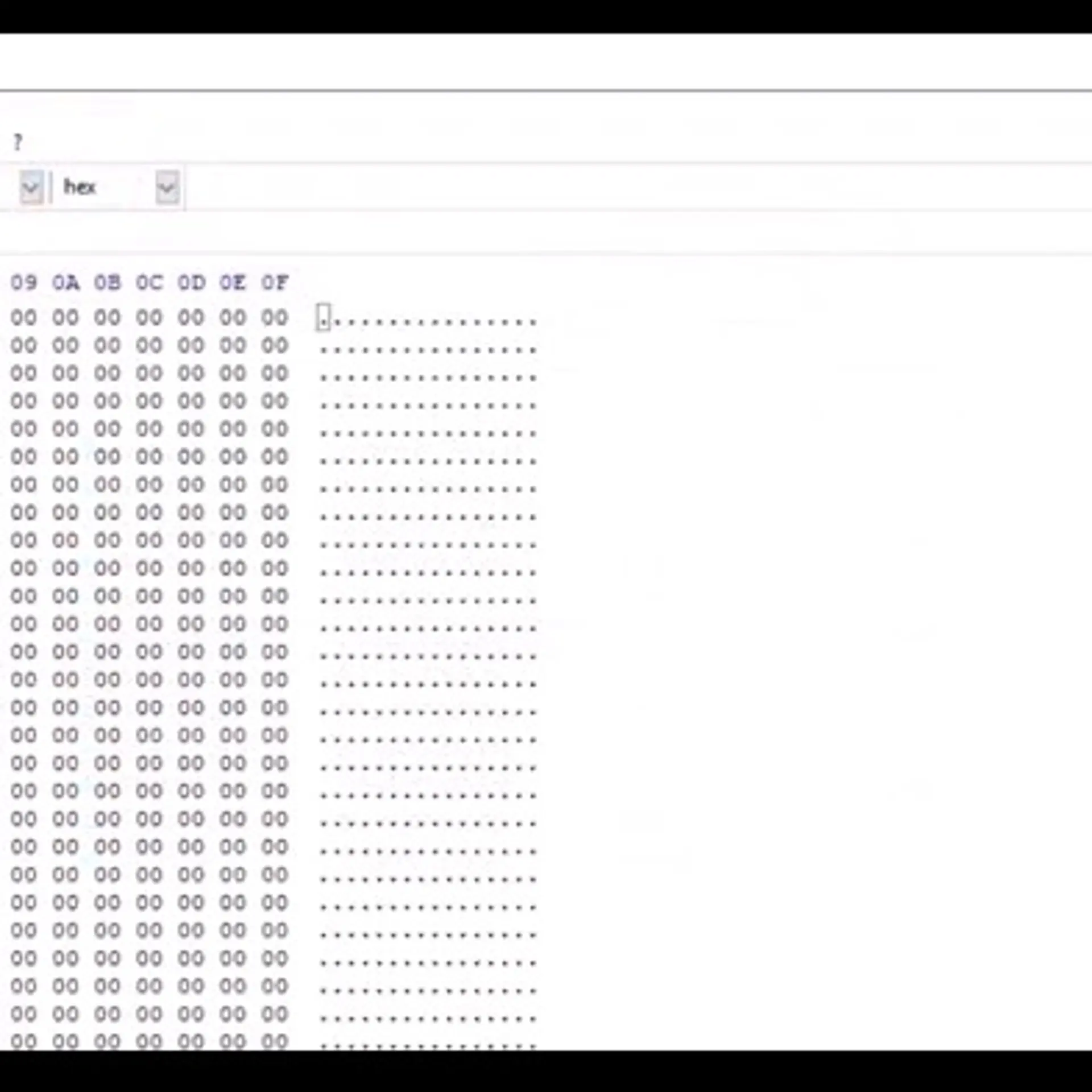

With change in buyers’ outlook, there is high demand for pocket-friendly homes
Affordable housing is different from low-income housing
Gone are the days when the first-time home buyers wanted to spend huge sums of money and buy homes that would often lead to an outgo of half of their monthly income in servicing the loans. The new-age buyer is smarter and believes in taking rational decisions when it comes to investing in a property. With the push from the Government, the affordable housing segment is seeing a boom and India is aiming to have homes for all in the coming years.

The concept of affordable housing
Affordable Housing does not necessarily mean poor quality homes with minimal features. There is a huge gap between affordable housing and low-income housing. Both are mistaken to be the same; but from a real estate standpoint, the two are completely different segments.
Prospective buyers, at times, feel that affordable housing implies low-quality houses. This is a complete distortion of perception. An affordable home is a quality home, in a decent location which is smartly priced so that it is affordable for the common people. This segment is targeted at the first time home buyers or new-age buyers who have just started their careers.
How the pricing of affordable homes works
Smart pricing can be achieved by developers through innovative re-engineering of the development cycle, vertical integration, optimisation of overheads and most-importantly keeping the margins low. This helps in passing on all the benefits to the customers.
Today, you can actually purchase homes of good quality with a monthly outflow of an EMI as low as INR 10,000. Bangalore, with its highest cosmopolitan index in the country, sees a huge influx of a young, with a huge chunk of them joining the IT bandwagon, and with builders coming up with affordable housing projects, their dream of owning a home is just a step away. Who would not aspire for a smartly-priced compact home of a good quality?
RERA’s role in quality assurance
With the setting up of the Real Estate Regulatory Authority (RERA), the chances of developers missing on paperwork or compromising on quality are completely eradicated. Therefore, the fear of affordable homes being of poor quality is eliminated.
More demand, less supply
In India, there is an estimated shortage of around 40 million houses (urban and rural). In addition, a population growth of 1.3 percent per annum, favorable demographics, ‘nuclearisation’ of families, migration to urban areas, fiscal benefits, rising income/aspirations, all could lead to another 10 million per annum demand for houses.
People’s ability to afford to buy houses has increased over the past three years (especially in the urban areas) even as property prices have remained flat, incomes have risen and mortgage rates have fallen around 250 bps from a five-year peak, leading to a 15 percent reduction in the EMI payments.
Affordable housing is at the center stage of India’s real estate movement and this story is likely to unfold for many more years. The government’s financial and policy thrust, regulatory support, rising urbanization, and increasing affordability is converting demand for affordable homes into a commercially-viable opportunity. The sun is finally rising on the affordable housing segment.






![Top 10 Cheap Indian Press Release Distribution Services [Updated]](https://images.yourstory.com/cs/1/b3c72b9bab5e11e88691f70342131e20/LOGO-DESIGN-PR-INDIA-WIRE-03-1595693999405.png?mode=crop&crop=faces&ar=1%3A1&format=auto&w=1920&q=75)